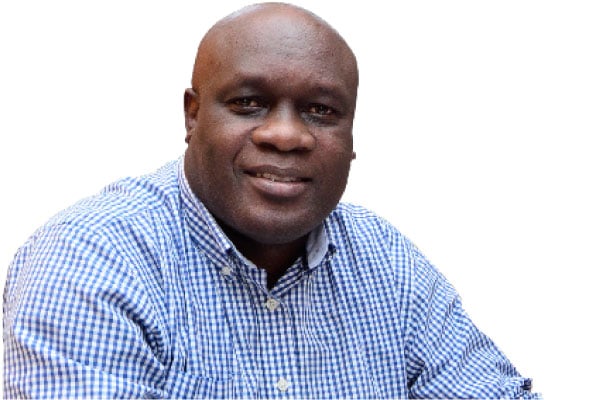Some areas to follow up on Lake Victoria boat tragedy

Odoobo C. Bichachi
What you need to know:
The solution therefore may not lie in a blanket ban on night sailing but on government promoting use of basic navigation systems on our local boats.
We all followed last week’s [August 2] tragedy on Lake Victoria in which at least 23 people lost their lives with trepidation. This tragedy came on the heels of two earlier incidents on July 5 in which two boats on Lake Victoria met the same fate. At least six people died.
In all these incidents, overloading and bad weather were cited as the main cause, with another element in two of the incidents; the outboard motors (engines) failed.
The media did a great job in reporting on the rescue efforts, highlighting the circumstances that may have caused the tragedies, interrogating government officials and private boat operators as well as putting out a clarion call for better safety measures on the lake. Only one downside to the coverage; publishing photos or broadcasting images of the dead in body bags laid out at the beach. It was not necessary!
A few things kept popping up in the stories, though, a few of which I wish to expound on for the benefit of journalists that may wish to do follow up feature stories.
Sailing or not sailing at night: Kalangala District officials and Ministry of Works and Transport honchos where reported pulling ropes over this. One side wants a ban on night sailing because rescue cannot come quickly in case of an incident such as this, while the other argues that traders need to get their goods to the market on time and conduct businesses on the mainland during working hours.
Both are right from that narrow perspective. It, however, runs away from the fact that the world over, ships and boats sail at night depending on the prevailing conditions on the water bodies and when fitted with requisite navigation systems and equipment. In any case, even most of the fishing on Uganda’s lakes takes place at night with thousands of little boats spread on the waters.
The solution therefore may not lie in a blanket ban on night sailing but on government promoting use of basic navigation systems on our local boats such as lights – green for port side (left), red for starboard (right) to avoid collisions and to easily locate each other; search beams; radio call systems; etc. Of course policing departure sites against overloading whether during the day or night must be done, not pleading to the good sense of boat skippers like the government is doing.
Outboard motor/engines: Most of the outboard engines used on our lakes are old; imported as used from Japan. They are therefore prone to failure anytime, sometimes in life-and-death situations like the ones on these ill-fated boats did. Boaters buy used outboards because they are cheap, even though expensive and unreliable to keep running. New ones carry heavy import taxes.
When outboard engines fail, the boats go adrift at the mercy of the deadly waves that can hit it from the “weakest point”. With a good working motor, the coxswain is many times able to navigate through the big waves – provided the boat is not overloaded and is sound.
Life jackets and lifebuoys: All conversations about personal safety during lake travels have been about life jackets and ignored another very important safety object; lifebuoys or life rings. Life rings are round floaters with ropes that can hold up to five people in case of an emergency for hours until help comes. They can also be thrown from a rescue boat at someone fighting for their life in the water.
Why are these not being popularised by government and made mandatory for any boat to have at least three, in addition to life jackets?
SOS messaging: How do boats in trouble on our lakes send distress messages? By mobile phone calls! Yet the cellphone signals are not well spread on the lake, with many “no-network” points. A civilian marine radio call system needs to be urgently activated and popularised, with every boat required to have a handheld radio set. Or is it there?
The bad months: Media was awash with reports about June, July and August being the bad months to sail. That’s only for the western side of the Lake Victoria when the hotchpotch of south-westerly and westerly winds blow in earnest. In the eastern part of Lake Victoria, the bad months are December, January and February when the dry south-easterlies blow. Note that this has to do with geographical phenomenon associated with the sun when it is at the extremes of the tropics – Tropic of Cancer (July) and the Tropic of Capricorn (December).
Send your feedback/complaints to [email protected] or call/text on +256 776 500725.




